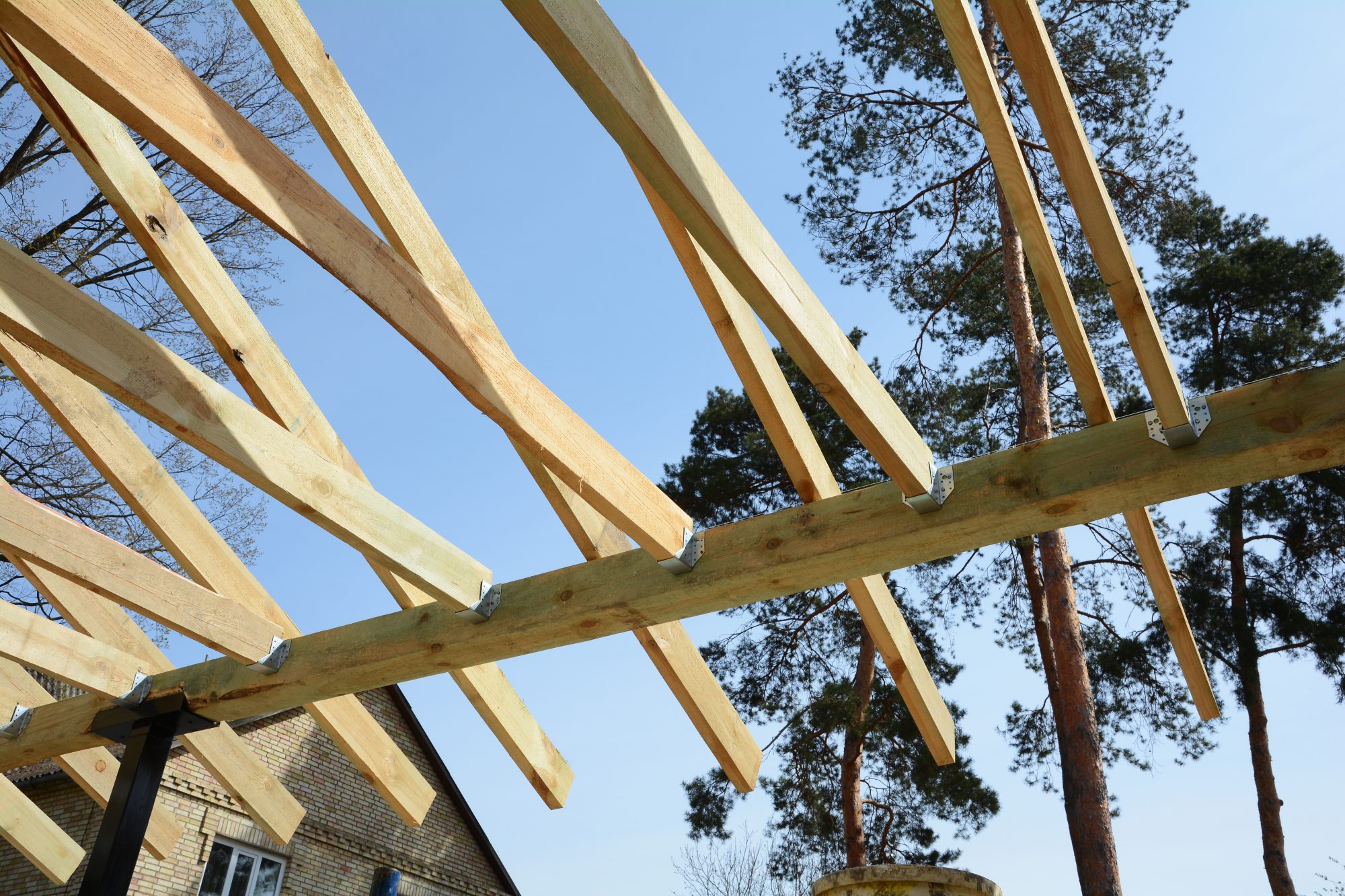PBC Today spoke with Matthew Linegar, head of product management at Stora Enso, to discuss how the use of innovative, green building materials – such as cross laminated timber (CLT) and laminated veneer lumber (LVL) – are helping to reduce the environmental impact of construction
According to a new report, failure to decarbonise newly constructed buildings could prevent the EU from achieving its climate targets for 2030 and 2050. As you know, the construction industry’s environmental impact is one of the worst, with many of our building materials reliant on the grid – using fossil fuels to manufacture. Of course, we are making progress with more momentum toward innovative, green building materials such as wood but more needs to be done to make this to be a priority for the industry over the next five years.
1. How can alternative construction methods help with environmental impact?
Prefabrication hosts a number of benefits such as reduced construction costs, lower waste, faster construction time (up to 70%) and up to 80% fewer truck deliveries.
To offer an example: the cross laminated timber (CLT) and laminated veneer lumber (LVL) supplied for the 14-storey building Lighthouse Joensuu in Finland was transported in less than 50 trucks, compared with the 270 truck deliveries that would have been required if the building had been built with concrete. Not only did fewer deliveries reduce transportation emissions but the wood products used in Lighthouse Joensuu also store 1,600 tonnes of carbon absorbed from the atmosphere by growing trees.
2. What are the benefits of using green building materials such as wood?
Reduced carbon emissions – Wood is lightweight, but strong. In addition to the benefits mentioned above, using wood can cut carbon emissions cut by up to 70%. Every cubic meter of wood used as a substitute for fossil and non-renewable building materials reduces CO2 emissions by an average of 1.5 tonnes. This is because carbon can stay stored in wooden buildings for generations.
Fast and silent construction – Reduced construction time is one of the greatest incentives of timber in construction as this results in cost efficiencies. Much faster construction times can be achieved compared to more site-intensive alternatives. In addition, five times less traffic arrives at the site of a wooden building compared to a concrete building. This results in less noise pollution for those living or working in the area of the site. Buildings like this also require less people on site which also reduces noise pollution.
Healthy and safe workplace – Today, we spend about 90% of our time indoors. It’s important then to get the indoor climate right, everything from air quality, hygiene, humidity, temperatures to the touch and feel of the materials. Studies show that wood has beneficial effects in almost all parts of the indoor climate in homes, offices, schools or public buildings. It helps reduce stress, blood pressure and heart-rate as well as allowing for more creativity and productivity in the workplace. In offices, wooden constructions increase productivity by up to 8%, and employee well-being by up to 13%. Would there be any employer saying no to that?
Thermal comfort/insulation – There is considerable evidence of improved thermal insulation in wooden buildings. Thermal ‘sensation’ is a parameter that reflects thermal comfort. For example, cold surfaces can cause the feeling of a draught even when the building envelope is airtight as the human body radiates heat towards colder surfaces of a room.
3. There is an urgent need to diversify building materials, but what we can do in the interim?
Today we can build higher, stronger and lighter buildings than ever before with a raw material that is completely renewable, reusable and recyclable. We don’t have to wait. To build a better future is not easy, butut it’s possible – with the alternatives and solutions we have today.
The wood construction industry, true forerunners in sustainable construction, is in a unique position to lead the green transition – if we work together. Through strong collaborations we can continue to educate the market, continue to develop solutions to meet demands and together we can support and guide governments, cities, investors and developers to reach their climate ambitions. These strong alliances will enable a green transition. By replacing concrete and steel with wood, we can make construction low-carbon, renewable and circular.
4. What is Stora Enso doing to help this shift to the use of innovative, green building materials?
To show our commitment we launched a whole new sustainability strategy and framework for the company. We promise to offer 100% regenerative solutions by 2050. This goes beyond sustainability and will help us operate within the planetary boundaries.
As one of the largest sawn wood producers and private forest owners in the world we play an important role in this transformation. It’s not enough to just increase wood capacity in the construction sector. It’s equally important to invest in digital services to support the growth of wooden buildings. Stora Enso runs an extensive digitalisation program with the aim to develop competitive advantage and drive the digital transformation in the building sector. We are working on solutions for collecting and transferring data throughout the value chain, from project feasibility phase through to the operation and maintenance of the building and even until demolition where we can re-use or recycle the materials.
Innovation does not happen in isolation, and the key is to enable an open and transparent collaboration together with our industry partners and stakeholders. One of the next big challenges is to identify suitable standards within the digital twin & digitalisation field for material management and LCA ledgers. Similar to what the car and shipping industry have secured by OEM and their Digital Twins.
5. Tell us more about innovative, green building materials such as cross laminated timber (CLT) and laminated veneer lumber (LVL)
Cross laminated timber (CLT) is a massive wood construction product consisting of at least three single-layer panels that are bonded together crosswise. The products are long-lasting, extremely versatile and can be fully combined with other building materials. Thanks to its load distribution properties in two directions, CLT sets no limits to architectural building projects. For this reason, it’s becoming increasingly used for the construction of houses and apartment buildings, as well as for industrial and commercial buildings. As a high-quality structural building material with an excellent strength to weight-ratio.
Laminated Veneer Lumber (LVL) is an advanced wood product developed for the demands of today’s building and construction industry. It consists of 3 mm spruce veneers glued together and is engineered to be relatively stronger than steel, yet lighter than concrete, while being highly workable and durable. Its the preferred choice for structural applications such as beams and columns when the ideal solution you’re looking for is strength, dimensional stability, and high load-bearing capacity.

















